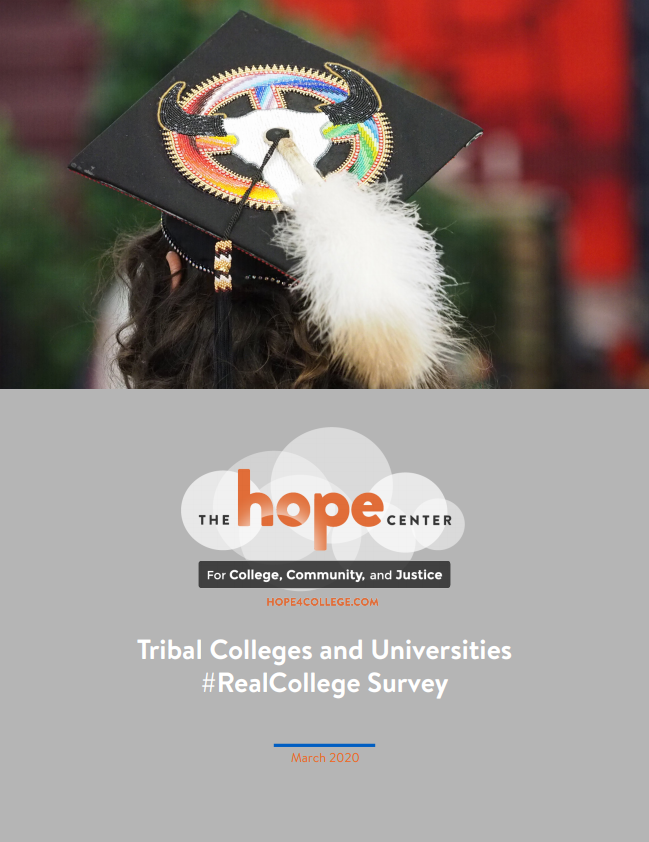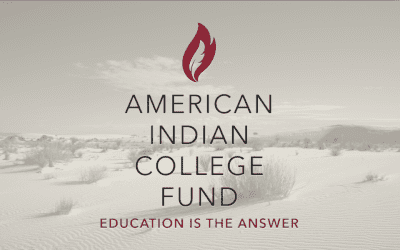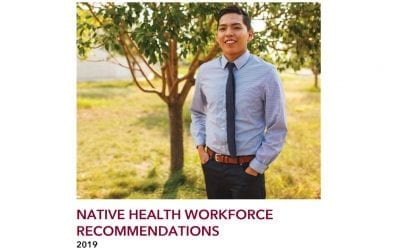More than 1,000 students from seven tribal college and universities participated in #RealCollege Survey
Native American students studying at tribal colleges and universities located in remote, rural, reservation communities experienced food and housing insecurity and homelessness at much greater rates than other college students, according to the Tribal Colleges and Universities #RealCollege Survey report published today. The #RealCollege survey, led by the Hope Center for College, Community, and Justicehttp://hope4college.com/ at Temple University with the support of the American Indian College Fund, the national survey has been an ongoing, five-year effort to research food and housing security of college students nationwide.
The national survey was completed by 1,050 students at seven tribal colleges and universities located in seven states across the Midwest, Southwest, and Great Plains regions to ensure that tribal colleges and universities (TCUs) and agencies and organizations that serve them better understand the basic needs TCU students face.
A remarkable 29% of TCU student survey respondents were homeless at some point in the prior 12 months, almost 62% were food insecure in the prior 30 days, and 69% faced housing insecurity in the prior 12 months. These rates are substantially higher than those observed for non-TCUs. The Hope Center reports that 39% of national survey participants experience food insecurity, 46% experience housing insecurity, and 17% experience homelessness.
Yet despite the significant housing and food insecurity challenges TCU students experienced, they also reported greater academic success as compared to similarly situated students at other institutions. TCU students reported receiving grades of A’s and B’s, with college students at other institutions reporting receiving grades of C’s and lower in previous surveys, according to the report.
Cheryl Crazy Bull, President and CEO of the American Indian College Fund, said, “We are not surprised by the findings of this important study of TCU students’ food and housing insecurities. These experiences reflect the challenges that all our students must overcome to fulfill their dreams of better lives for themselves and their communities. We could despair, but we are committed to continuing our work to bring resources to students and to tribal colleges so these barriers can be removed. We also realize the dramatic rise of Covid 19 and the critical implications for rural, reservation communities makes it even more critical that we help vulnerable students and their families find the resources they need with the support of allies, policy makers, and funders.”
It has long been clear that Native students face the highest rates of inequity in higher education because of systemic and structural barriers. The crisis of basic needs insecurity at Tribal Colleges and Universities, rendered quantitatively visible in this report, deserves immediate attention. We all have a responsibility to act in support of these students, said Dr. Sara Goldrick-Rab, founding director of the Hope Center and the leading expert on basic needs insecurity among college students.
The Tribal Colleges and Universities #RealCollege Survey response rate of 1,050 students represents about 21.4% of the total number of students contacted for the survey, which was higher than the 8.4% national response rate in the fall survey of other institutions, according to the Hope Center.
There are many interconnected reasons TCU students face greater basic needs insecurity than other groups, such as limited economic opportunities in remote, rural reservation communities, a minimum wage that has not kept up with cost of living increases, higher rates of poverty among American Indians and Alaska Natives as compared to other groups, financial aid increases lagging behind the cost of living increases, many students who are parents or are supporting other family members in Native communities where it is tradition for extended families to live together and support one another, and a limited social safety net, to name a few.
You can also download the report from the College Fund’s web site.
About The Hope Center-http://hope4college.com/The Hope Center for College, Community, and Justice is redefining what it means to be a student-ready college with a national movement centering #RealCollege students’ basic needs. We believe that students are humans first. Their basic needs for food, affordable housing, transportation, and childcare, and their mental health are central conditions for learning.
Our projects have a three-part life cycle. First, using rigorous research, we develop and evaluate creative approaches to solving challenges of practice, policy, and public perception. Second, our scientists work closely with thinkers and doers to ensure that effective implementations are enacted and scaled. Third, we spur systemic change by igniting a fire to engage others in taking advantage of what we have learned. Maximum impact is our ultimate goal.



